A healthy and rather flavorful grain product usually sold in its dry and preprocessed form, farro is primarily sourced from three different species of wheat plant, wherein it is boiled in milk or water until a soft textural consistency has been achieved.
Farro is usually eaten plain as a breakfast cereal or alongside other ingredients for the purposes of acting as a carbohydrate ingredient with significant health benefits, such as in salads or soups.
The best flavor substitutes for Farro are barley grain, oat groats, or couscous. The best textural substitutes for Farro are brown rice, hulled wheat, or buckwheat groats. The best health food substitutes for Farro are quinoa or sorghum cereal.
Why Would Farro Need to be Substituted?
A variety of reasons exist as to why the presence of farro in a recipe may require substitution, among the most common of which are dietary intolerances or allergies towards gluten.
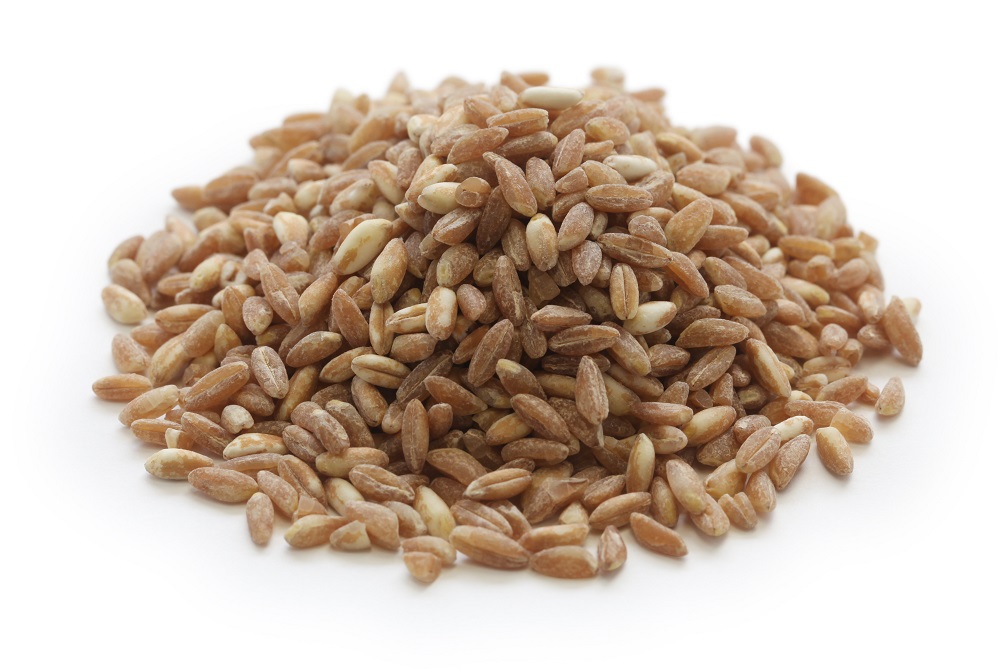
Because of the fact that farro is produced from several different species of grain, it is not considered gluten free, and as such is not a suitable ingredient for consumption by individuals who possess such diseases or dietary restrictions like celiac disease or a gluten intolerance.
Other reasons why farro may require substitution is a lack of availability in the chef’s local area, an allergy towards farro wheat species themselves or even simple personal preference by an individual.
Is Farro Gluten Free? Are There Gluten Free Substitutes?
Due to the fact that farro is simply the grain of certain kinds of wheat plants, it is not considered gluten free, and as such must be avoided by individuals that cannot consume gluten for a variety of reasons.
However, when choosing to substitute farro for this very purpose or for any other reason, it is entirely possible to instead utilize an alternative food product that does not possess gluten itself, allowing one to essentially create a gluten free recipe from a dish that would normally have the presence of gluten in it.
Is Farro the Same as Oats?
While both oats and farro share the same characteristic of being produced from the grains of a wheat plant, they are in fact quite distinct from one another and serve significantly different purposes in regards to the culinary aspects of their uses.
Oats, for example, are usually the rolled or diced edible portion of a specific species of grain cultivated for the purposes of being consumed as oatmeal or similar dishes.
Nutritionally, oats contain less fiber than farro, both due to the methods used in producing oats as well as the minute differences between the different species of grain plant used in either cereal dish.
One of the primary ways to identify whether a particular grain product is oats or farro is by visually inspecting the grains, with farro possessing the distinct appearance of rice grains as opposed to the diced up or flattened appearance of commercially processed oats.
Is Farro the Same as Quinoa?
Though quinoa and farro are both considered “superfoods” with a large volume of nutritional value in a relatively small amount of foodstuff consumed, they are in fact quite distinct from one another, not only in flavor and appearance but also in their particular plant source.
Quinoa is considered a pseudo cereal primarily found in the form of hundreds of miniscule seeds, of which are boiled and processed in a manner quite similar to what one would do when preparing farro.
Quinoa and farro, much like as is the case with oats, may be easily identified from a visual standpoint, with quinoa taking the appearance of tiny little seeds that may be any color ranging from a pale yellow to dark brown, quite distinct from the almost rice-like appearance of farro’s own individual grains.
Flavor Substitutes for Farro
Farro’s own particular characteristic flavor profile is a rather complex one, usually imparting a main body of flavor described as “nutty” with hints of certain aromatic spices like cinnamon or nutmeg, much like roasted cashew or similarly flavored nuts.
Fortunately, this complex flavor profile is not entirely unique to farro, and may also be identified in certain other forms of cereal grains or pseudo cereal food products that also share a similar appearance and texture to farro itself, making substituting this particular grain product quite convenient.
As always, however, it is best to temper one’s expectations, as being able to fully recreate the particular flavor profile of farro down to the minute notes of taste may be rather difficult, especially if using the substitute ingredient as a stand alone dish by itself.
Barley Grain
Considered the absolute best possible substitute for farro in practically any recipe, barley grain is said to not only possess a similar appearance and texture to farro (even after extensive cooking) but also contains the same characteristic flavor profile that one would expect from farro as well.
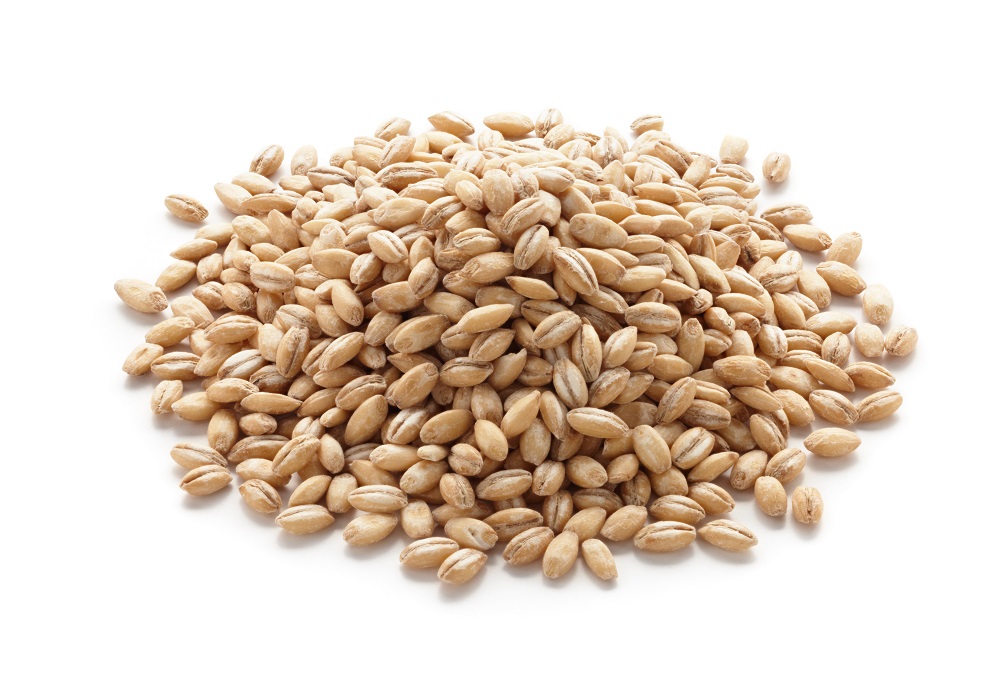
This is most evident in the fact that barley grain presents a nutty flavor with an ever so slightly earthy undercurrent that is accented by a certain exotic aroma when the barley is cooked to completion, making it nearly indistinguishable from farro in the majority of recipes that use one or the other cereal grain.
Oat Groats
Not to be confused with other forms of oats, oat groats are the kernels of the specific species of grain plant normally used for oats, only with the husk or covering removed through physical or chemical processing methods.
Oat groats are distinctly more difficult to cook and subsequently soften than other forms of commercially available oats due to the higher percentage of fibrous plant tissue that is present in the oat groats, meaning that it will take more time to cook unless prepared beforehand by soaking them over the course of approximately twelve hours.
Oat groats may serve the function of a flavor substitute to farro quite well, with the majority of the grain being intact equating to a distinctly more nutty and sweet flavor profile than the otherwise more neutrally flavored oat products that are normally seen on breakfast tables and in grocery stores.
Couscous
A north African dish consisting of tiny little specks of wheat flour, couscous is yet another excellent flavor substitute for farro due to its nutty and ever so slightly sweet profile of taste which can be considered quite similar to that of farro when placed alongside the right ingredients in a recipe.
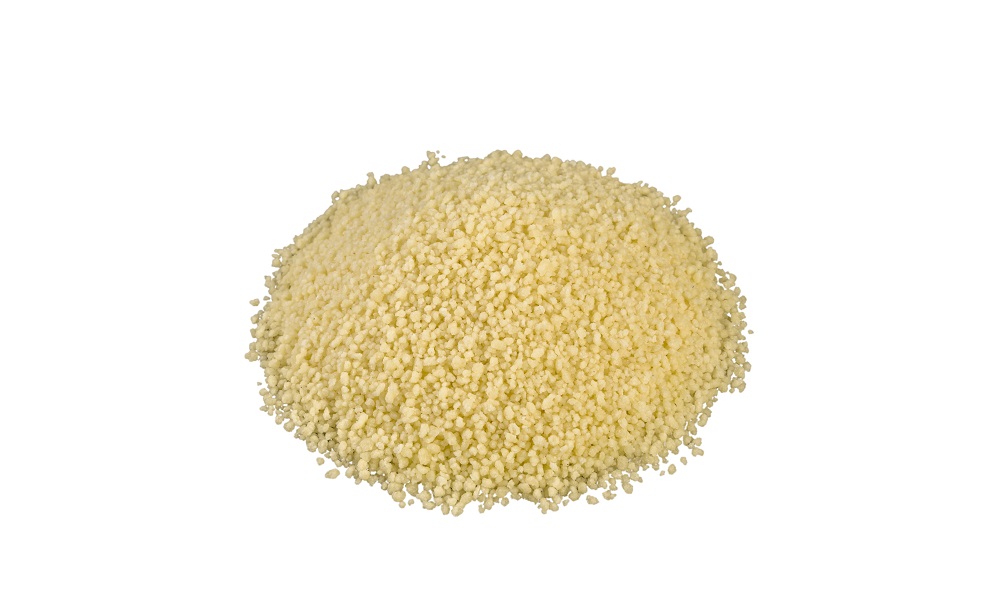
However, couscous makes a terrible textural substitute to farro, both because of the fact that it is quite soft in texture due to the process of cooking it as well as the fact that it tends to congeal or cake together if not treated properly.
Additionally, couscous, much like farro, is produced from the grains of certain species of wheat plant, meaning that it contains gluten and as such cannot act as a gluten-free substitute to farro.
Textural Substitutes for Farro
Because of the nature of farro’s fibrous physical consistency, it will often present a rather chewy texture even after extended periods of boiling or baking, allowing it to act as an excellent ingredient for such dishes like soups or stews wherein it may act as a more solid ingredient for the purposes of variety in the recipe.
Several other ingredients with similar appearances and flavor profiles to farro can also share this particular characteristic, making substituting farro in the capacity of its textural experience quite easy.
It is important to remember, however, that not all of farro’s textural substitutes are capable of withstanding the same cooking methods that farro itself can, and that it is best to cook the following food products according to manufacturer directions.
Brown Rice
A favorite among health food enthusiasts, brown rice possesses a similar fiber content by unit of volume to farro and as such also shares the same textural characteristics as farro, with a rather chewy texture and a lack of adhesion between the grains so long as it is cooked for an appropriate length of time.
An added benefit to using brown rice as a farro substitute is also the fact that it presents an appearance considered quite similar to the grains of farro, allowing it to not only act as a textural substitute but also as an appearance substitute in a variety of recipes that require such a characteristic.
Brown rice – like most forms of natural rice – is considered gluten free, thereby making it a suitable gluten-free candidate substitute for farro as well.
Hulled Wheat
Hulled wheat, also referred to as spelt or Dinkel wheat, is yet another species of wheat plant wherein the grain is harvested in its entirety save for the external hull or shell around said grain.
This has the effect of creating a (once cooked) rather chewy and fibrous cereal grain, a textural profile quite similar to that of farro, primarily because of the fact that the two are nearly the same thing.
Hulled wheat possesses the sort of flavor profile that is characteristic of the less-processed forms of wheat grain, with a distinct nuttiness carried by an undercurrent of sweetness that also allows hulled wheat to act as a potential flavor substitute for farro if cooked in the proper manner and incorporated into a recipe.
Buckwheat Groats
Also simply referred to as buckwheat or buckwheat berries, buckwheat groats are yet another type of pseudocereal derived from a non-wheat plant primarily harvested for its edible seeds.
Buckwheat groats, due to their small size and the fact that they are often purchased in their dehydrated form, are rather susceptible to becoming soft or soggy as opposed to the chewiness that is required for a textural substitute of farro, and as such must be cooked carefully so as to avoid creating this soft or soggy texture.
Buckwheat is considered gluten free despite the presence of wheat in its name as buckwheat itself is in no way genetically or botanically related to the wheat family of plants.
Health Food Substitutes for Farro
Considering the fact that farro is mostly marketed towards individuals of a more health conscious mindset due to the rather nutritional nature of farro’s grain species, it should be no stretch of logic that a suitable substitute for farro must also be considered rather healthy to consume.
Fortunately, quite a few alternative health foods exist that may recreate the flavor or texture of farro in a recipe or as stand alone ingredients, allowing individuals to replace farro while still maintaining their dietary and nutritional intake.
Quinoa
Considered a “superfood” due to the large volume of nutrients and minerals present in a relatively small volume of the foodstuff, quinoa takes the shape of thousands of tiny seeds that are subsequently boiled or fried so as to create a dish not dissimilar in appearance or texture to the North African dish of couscous.

In terms of acting as a flavor substitute for farro, quinoa is usually described as possessing a distinctly nutty and sweet flavor, a characteristic many also use to describe farro itself.
This makes quinoa an excellent substitute for farro in such things like salads or certain other recipes that only require a flavor substitute to farro be found without the need for its texture also being substituted, as quinoa becomes quite soft and fluffy once cooked, far unlike the chewy texture normally found in farro.
Sorghum Cereal
A specific species of cereal grain not in fact related to the wheat plant, sorghum is considered a health food due to the high presence of protein and antioxidants present within its seeds, of which are completely edible for humans.
Sorghum’s particular appearance is more similar to that of quinoa or couscous than that of farro, but nonetheless imparts a rather mild, nutty and slightly earthy body of flavor that is quite similar to the more mellow portions of farrow’s own flavor profile.
As a textural substitute for farro, sorghum cereal – when cooked for a reasonable length of time – retains a chewy texture much like oat groats or barley berries, making sorghum cereal also an excellent textural substitute for farro.
And finally, due to the fact that the species of plant that produce sorghum are unrelated to most species of grain plants, it is considered gluten-free, making it a gluten-free alternative to farro as well.
References
1. Cubadda, Raimondo; Marconi, Emanuele (2002). Spelt Wheat in Pseudocereals and Less Common Cereals: Grain Properties and Utilization Potential (eds. Belton, Peter S.; Taylor, John R.N.). ISBN 9783540429395.
2. Hammer, K., Perrino, P. Further information on farro (Triticum monococcum L. andT. dicoccon Schrank) in South Italy. Die Kulturpflanze 32, 143–151 (1984). https://doi.org/10.1007/BF02002075
3. Fatma Boukid. (2021) “Cereal-Based Foodstuffs: The Backbone of Mediterranean Cuisine” Springer Nature Publishing ISBN 3030692280, 9783030692285


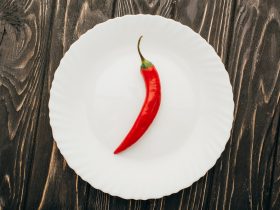
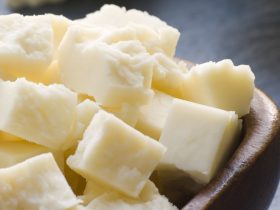

Hi, I'm Dom
Dom Eats was started to help other people fall in love with food. While cooking can feel intimidating, it doesn't have to be.